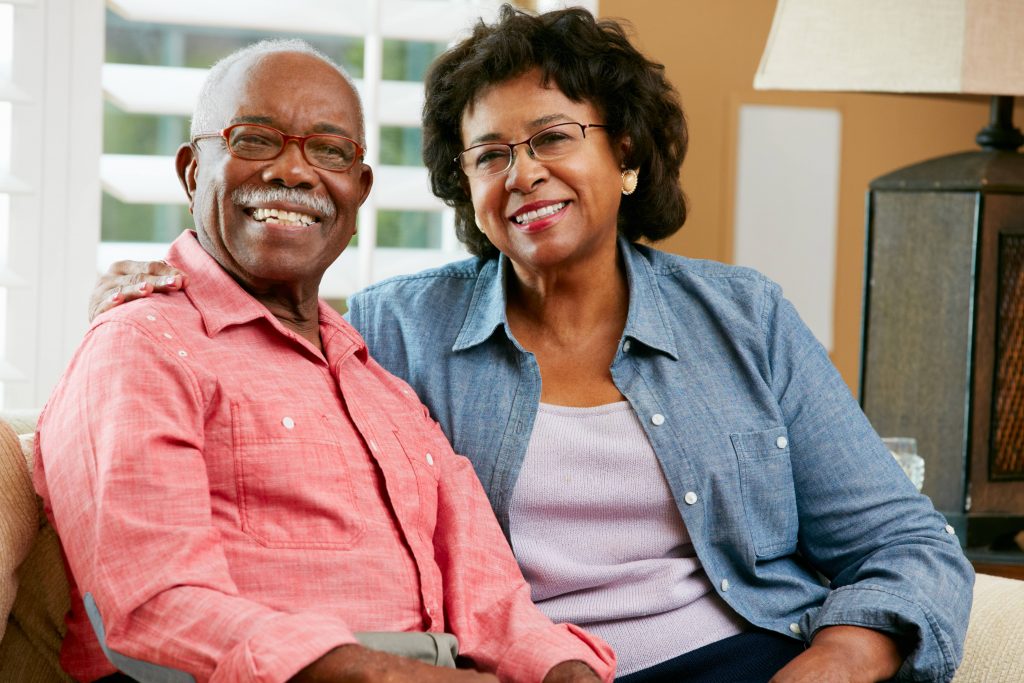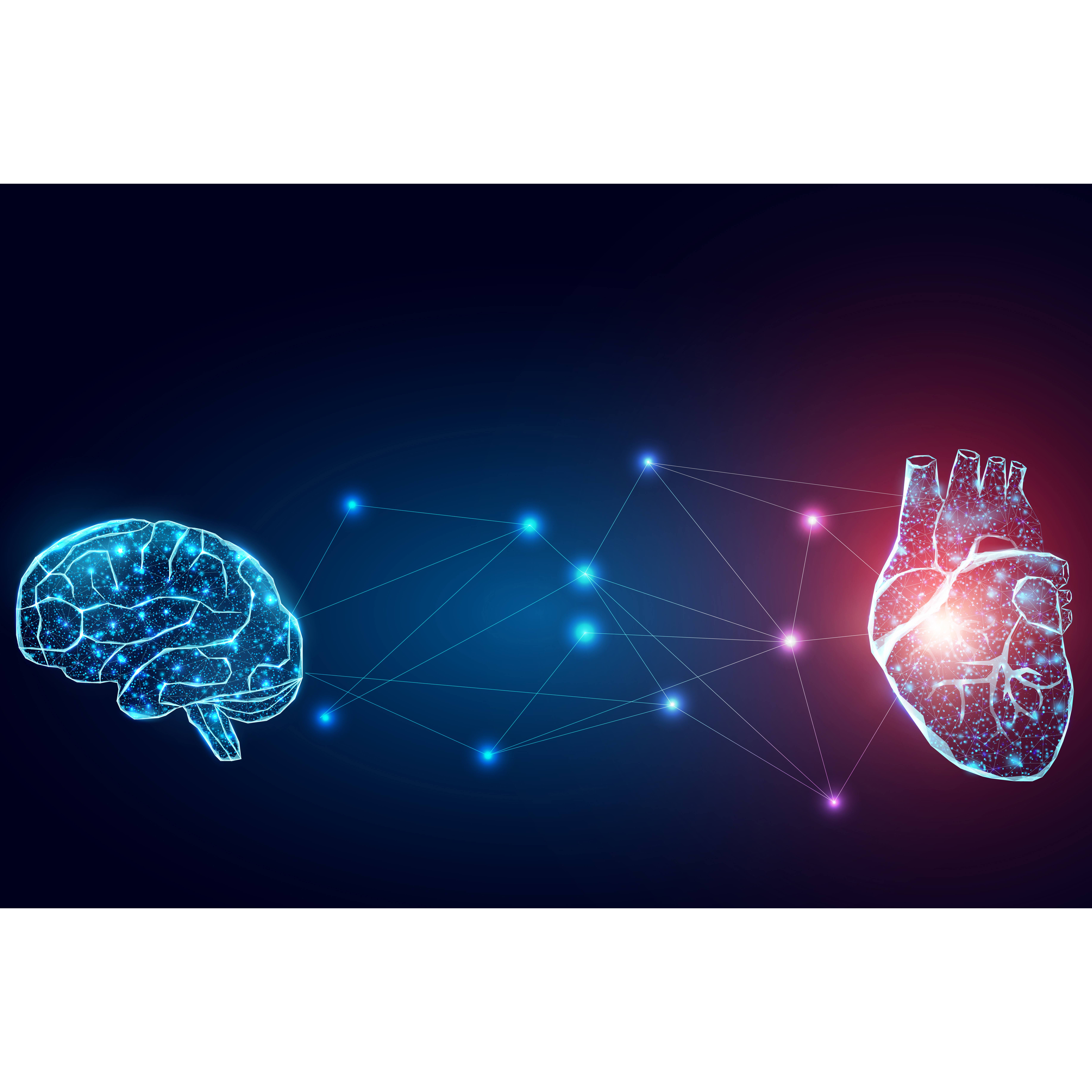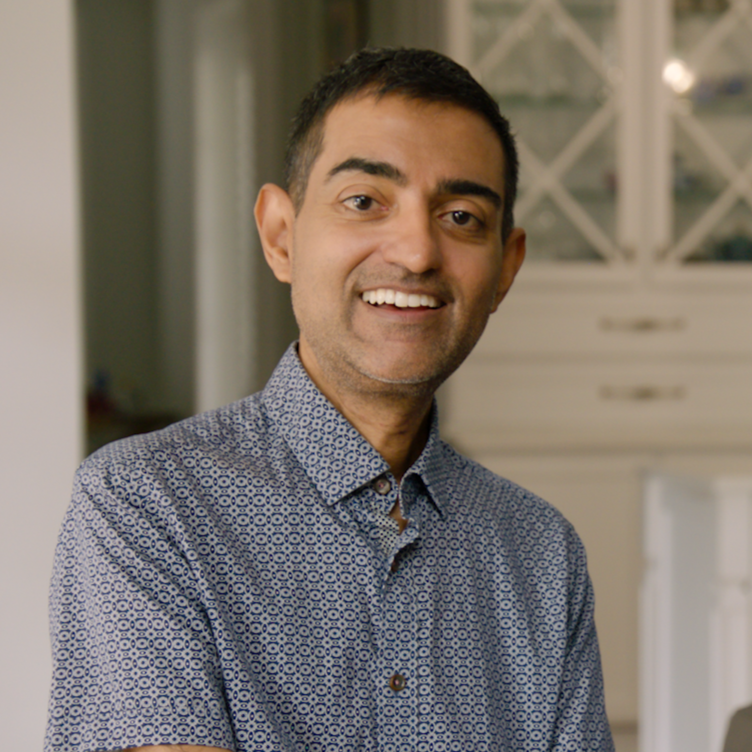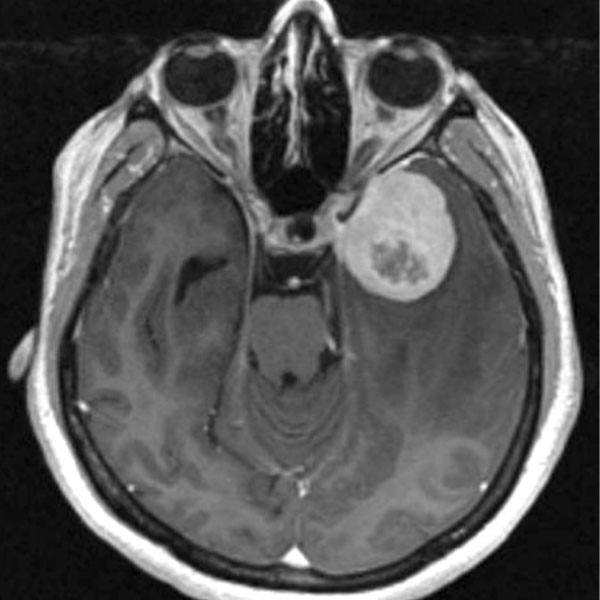-
Recovering from a stroke

Editors Note: May is National Stroke Awareness Month.
Stroke is one of the leading causes of death in the U.S. and a major cause of serious disability for adults. More than 795,000 people in the U.S. have a stroke each year, according to the Centers for Disease Control and Prevention. Stroke risk increases with age, especially after 55, but strokes can occur at any age.
A stroke occurs when the blood supply to part of your brain is interrupted or reduced, preventing brain tissue from getting oxygen and nutrients. Brain cells begin to die in minutes.
A stroke is a medical emergency, and prompt treatment is crucial. Early action can reduce brain damage and other complications. If you or someone you know is experiencing a stroke, you should call 911 and seek emergency medical care right away.
A stroke can cause temporary or permanent disabilities, depending on how long the brain lacks blood flow and which part was affected. Complications can include paralysis or loss of muscle movement, difficulty talking or swallowing, memory loss or thinking difficulties, emotional problems, pain, and changes in behavior and self-care ability.
Stroke rehabilitation is an important part of recovery after stroke. There are many approaches to stroke rehabilitation. Your rehabilitation plan will depend on the part of the body or type of ability affected by your stroke.
The goal of stroke rehabilitation is to help you relearn skills you lost when a stroke affected part of your brain. Stroke rehabilitation can help you regain independence and improve your quality of life.
The severity of stroke complications and each person's ability to recover vary widely. Researchers have found that people who participate in a focused stroke rehabilitation program perform better than most people who don't have stroke rehabilitation.
The duration of your stroke rehabilitation depends on the severity of your stroke and related complications. Some stroke survivors recover quickly. But most need some form of long-term stroke rehabilitation, lasting possibly months or years after their stroke.
Stroke recovery varies from person to person. The rate of recovery is generally greatest in the weeks and months after a stroke. However, there is evidence that performance can improve even 12 to 18 months after a stroke.
Learn more about strokes from Dr. Robert Brown Jr., a Mayo Clinic neurologist.
Connect with others talking about stroke and recovery in the Stroke & Cerebrovascular Diseases support group on Mayo Clinic Connect, an online patient community moderated by Mayo Clinic.







